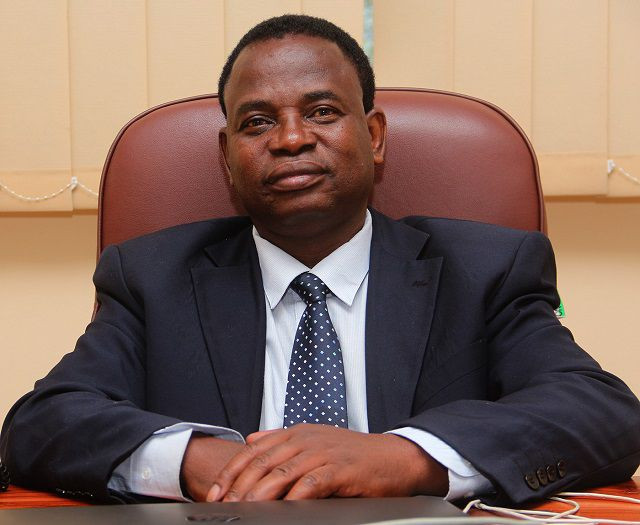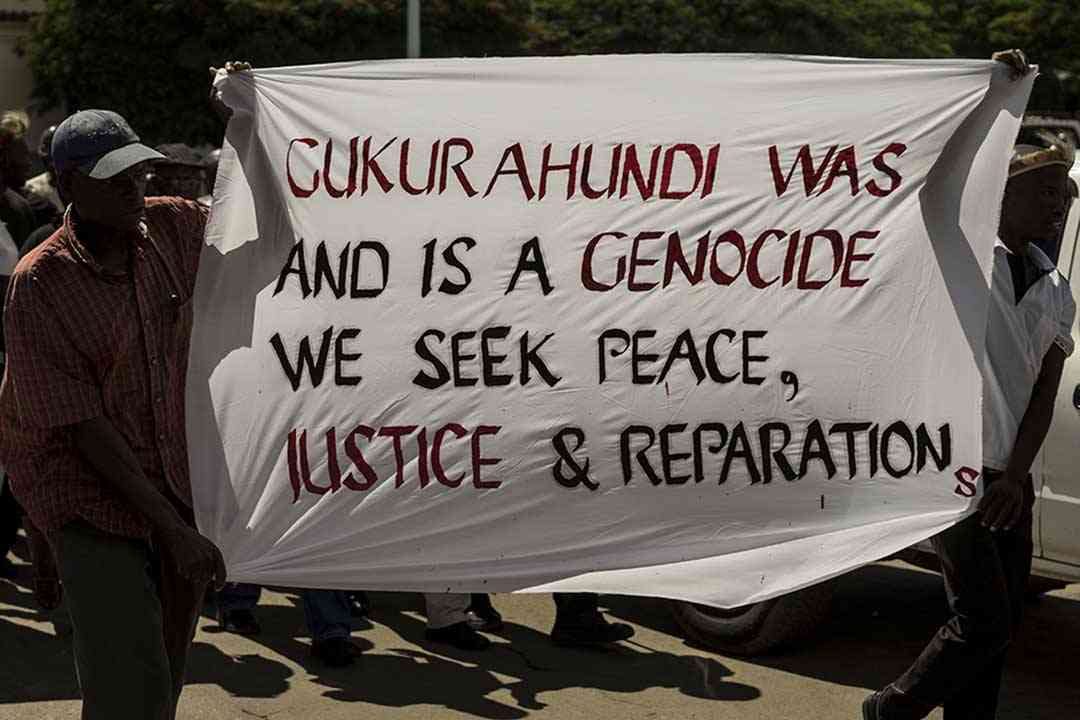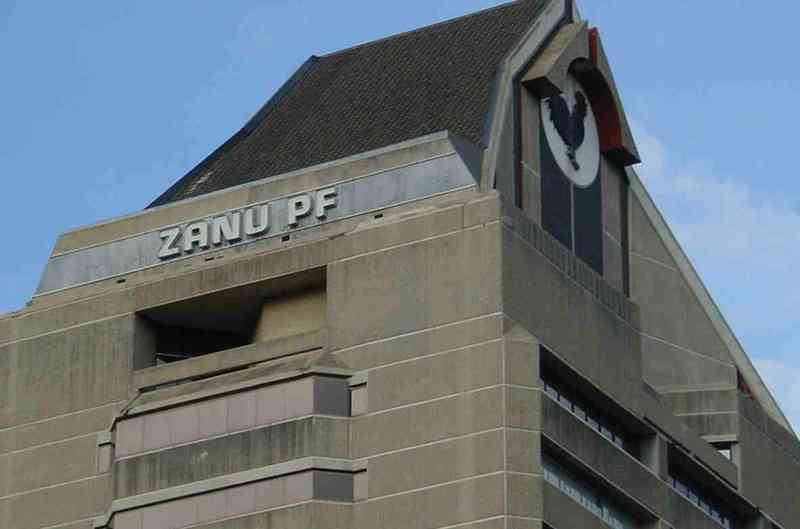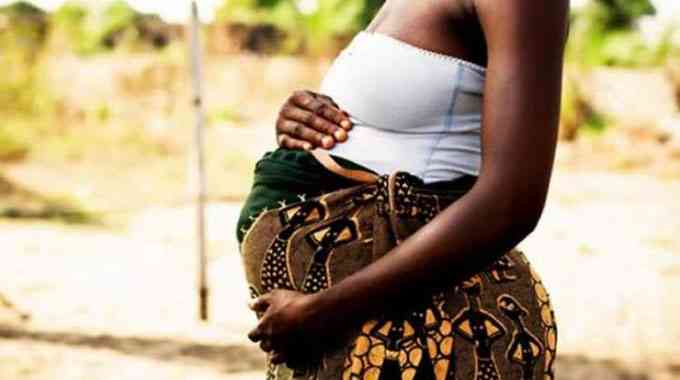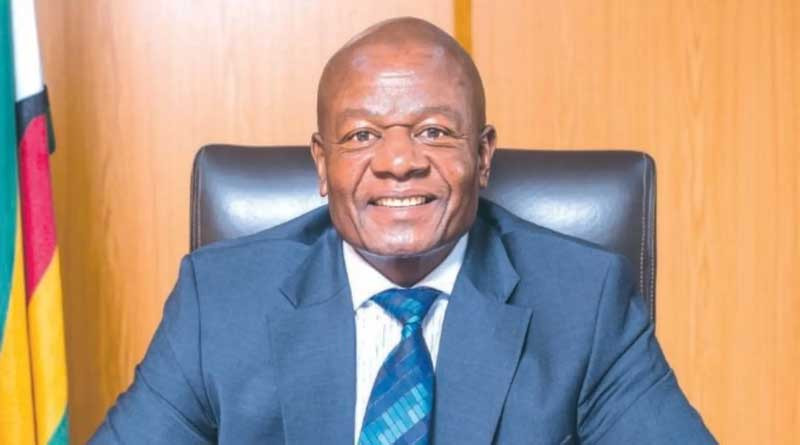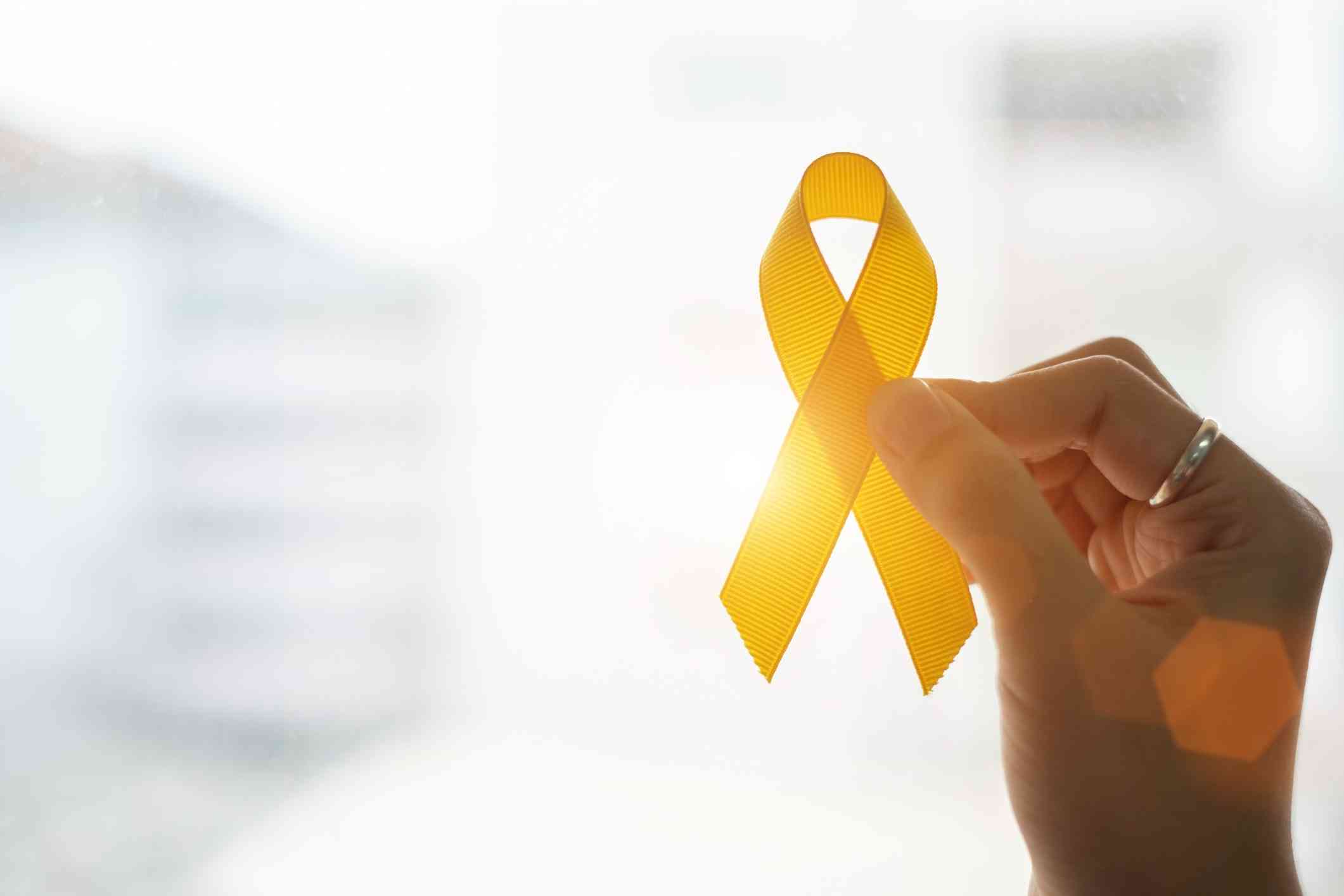
GOVERNMENT and its partners should mobilise resources to promote childhood cancer prevention, management, care and control across Zimbabwe, a senior official has said.
According to non-communicable disease acting deputy director in the Health and Child Care ministry Lee Nkala, government should play a leading role in promoting all stakeholders, in particular family institutions, on issues of prevention, care, management and education on childhood cancers.
Speaking during the Childhood Cancer Day commemorations held over the weekend at the KidzCan Rainbow Children’s Village, Nkala said more needed to be done to achieve these goals.
He also launched the Childhood Cancer Treatment Guidelines on the day, marking the launch of a three-year campaign which focuses on fighting childhood cancers through early diagnosis and improved treatment.
Zimbabwe has a disturbing 20% survival rate of childhood cancers which is short of the targeted 60% by the World Health Organisation (WHO).
“We aim to demonstrate the potential to advance care and inspire a collective commitment to eradicating, minimising the obstacles and inequalities in the realm of childhood cancer care and research,” Nkala said.
“The campaign is not cast in stone, but adaptable to our unique needs, ensuring relevance and resonance at the local setting or level.
“We are advocating for expanded domestic funding to strengthen sustainable mechanisms in social and health services, harnessing mobile tax levies to support the ministry’s needs and budgetary support.”
- Cancer a leading cause of death in children
- Call to promote childhood cancer management
Keep Reading
WHO representative at the event Precious Andipasi said they were aware that care for cancer, like many other diseases, reflected many inequities and inequalities that existed in societies, whose impact on children was profound.
“The majority (90%) of the 400 000 children that are estimated to be diagnosed with cancer annually reside in low and middle-income countries where access to treatment is often unavailable, unaffordable and of poor quality.
“The 15% to 45% survival rates for these children are unconscionable compared to 80% survival rates in high-income countries.
“To address this profound inequity, WHO and St Jude Children’s Research Hospital working with other global partners launched the WHO Global Initiative for Childhood Cancer in 2018.
“We were delighted when Zimbabwe was chosen to become one of the focus countries for the WHO Global Initiative for Childhood Cancer in the WHO AFRO region aiming to achieve at least 60% survival and reduce suffering for all by 2030,” she said.
KidzCan board member Reverend Gary Cross said the organisation had made significant strides in supporting children battling cancer in Zimbabwe.
“Through our work in early detection, case management, treatment support and psychosocial care, we are ensuring that no child fights alone.
“Our partnerships with the Ministry of Health, local and international organisations, and dedicated professionals have strengthened access to life-saving services.
“However, we recognise that there is still much to be done. Zimbabwe is part of the WHO Global Initiative for Childhood Cancer, which aims to raise survival rates to 60% by 2030.”
Cross also called for continued investment in early diagnosis, essential medicines, paediatric oncology training and family support services.
According to the Zimbabwe National Cancer Registry, in 2019, Zimbabwe recorded 263 paediatric cancer cases among children aged 0 to 14, accounting for 3,7% of all cancers that year.
The five most common childhood cancers were leukemia (18%), renal tumours (13%), lymphomas (13%), retinoblastoma (6%) and central nervous system tumours (10%).

